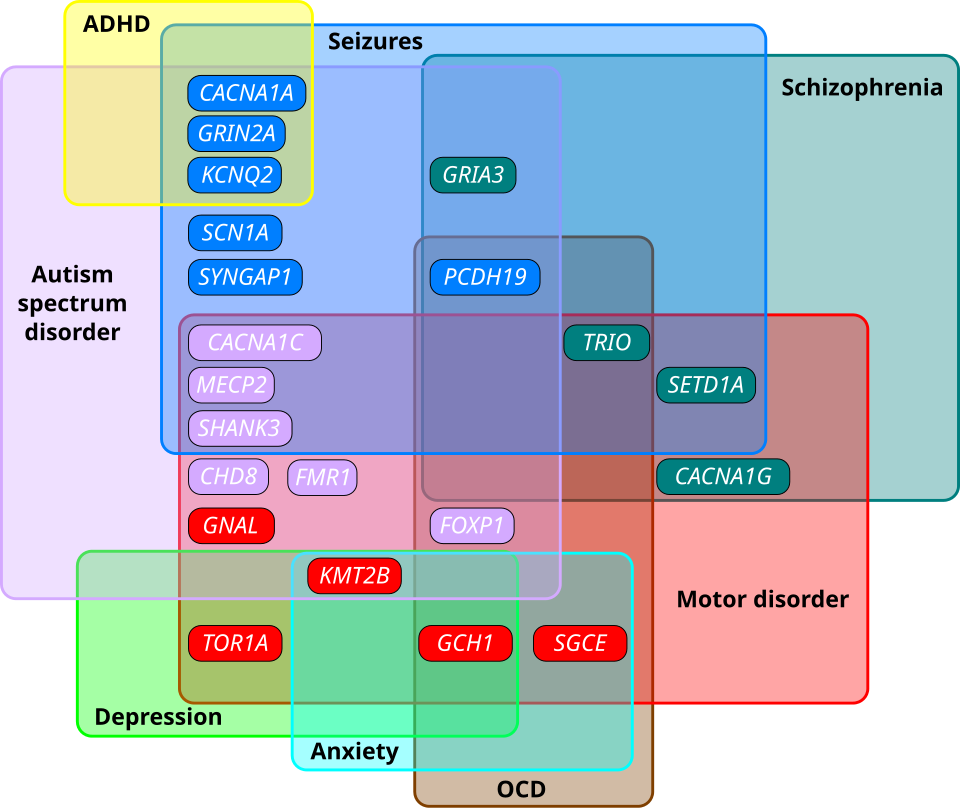New Study Identifies Four Distinct Autism Subtypes with Genetic Insights

In a groundbreaking study published on July 9, 2025, in *Nature Genetics*, a collaborative research team from Princeton University and the Simons Foundation has unveiled four biologically distinct subtypes of autism, utilizing data from over 5,000 children. This pioneering work promises to significantly enhance understanding, diagnosis, and treatment options for autism spectrum disorder (ASD) by connecting each subtype to unique traits and genetic signatures.
The research, spearheaded by Dr. Olga Troyanskaya, the Maduraperuma/Khot Professor of Computer Science at Princeton and deputy director for genomics at the Simons Foundation's Flatiron Institute, employs a novel computational methodology that categorizes individuals based on over 230 traits, encompassing social behaviors, communication patterns, and developmental milestones. This person-centered approach marks a departure from traditional methods that focused on singular traits, facilitating a more comprehensive understanding of autism's genetic underpinnings.
According to the study, the identified subtypes include: **Social and Behavioral Challenges**, **Mixed ASD with Developmental Delay**, **Moderate Challenges**, and **Broadly Affected**. Each subtype exhibits distinct behavioral and developmental trajectories, with varying genetic profiles that suggest different biological mechanisms at play.
1. **Social and Behavioral Challenges**: Accounting for approximately 37% of participants, individuals in this group display typical autism traits such as social difficulties and repetitive behaviors but reach developmental milestones at a similar rate to non-autistic peers. Co-occurring conditions like ADHD and anxiety are prevalent. 2. **Mixed ASD with Developmental Delay**: Representing about 19% of the cohort, this group reaches key developmental milestones later than their non-autistic counterparts but typically shows fewer signs of anxiety or disruptive behaviors. 3. **Moderate Challenges**: Comprising roughly 34% of the study population, this subtype displays milder autism characteristics and generally reaches developmental milestones on par with non-autistic children, with minimal psychiatric comorbidities. 4. **Broadly Affected**: The smallest group, at around 10%, faces significant developmental, communicative, and psychiatric challenges, including high levels of anxiety and mood dysregulation alongside autism traits.
"These findings highlight the importance of understanding the distinct biological narratives behind each autism subtype, which can lead to more effective diagnosis and tailored treatment strategies," said Aviya Litman, a Ph.D. student at Princeton and co-lead author of the study.
The research builds on over a decade of efforts funded by the Simons Foundation and the U.S. National Institutes of Health to advance the genomics of autism. The study emphasizes that while there are at least four notable subtypes, the framework established may allow for further sub-classifications based on emerging data.
For families, understanding the specific subtype of autism can provide clarity in terms of expected developmental trajectories and treatment options. Jennifer Foss-Feig, a clinical psychologist at the Seaver Autism Center for Research and Treatment at the Icahn School of Medicine at Mount Sinai, and co-author of the study, noted, "Identifying genetic causes for more individuals with autism could lead to more targeted developmental monitoring and precision treatment."
The implications of this research extend beyond autism, suggesting a framework for classifying other complex medical conditions. As Dr. Chandra Theesfeld, senior academic research manager at the Lewis-Sigler Institute, remarked, this study opens the door to numerous new scientific and clinical insights, furthering the potential for precision medicine in neurodevelopmental disorders.
In conclusion, the identification of these distinct autism subtypes represents a critical advancement in autism research, providing a pathway toward personalized care and potentially reshaping clinical practices for managing autism spectrum disorder. The study serves as a foundational example for future investigations into the genetic and biological mechanisms underlying various complex conditions.
Advertisement
Tags
Advertisement





